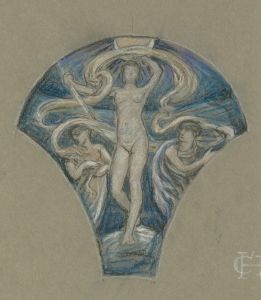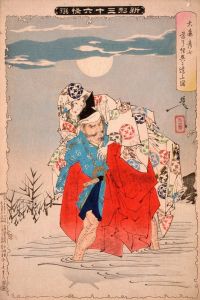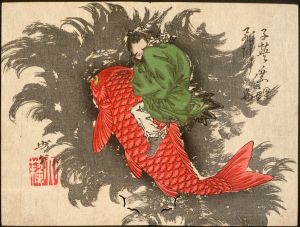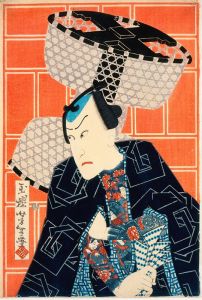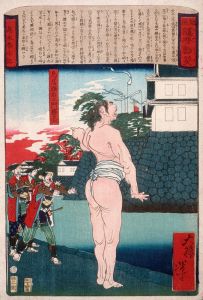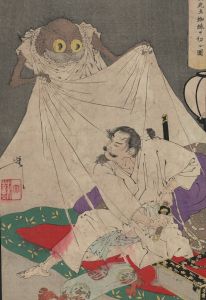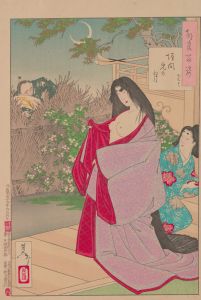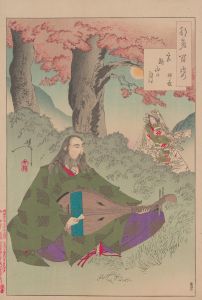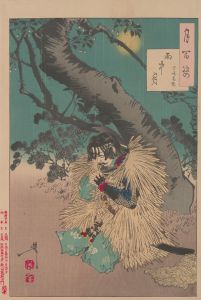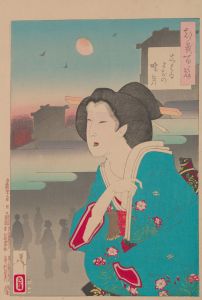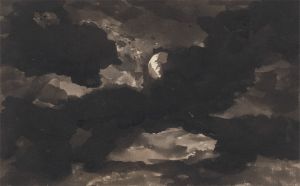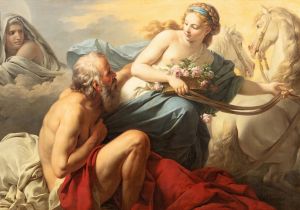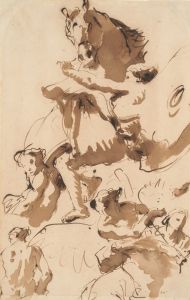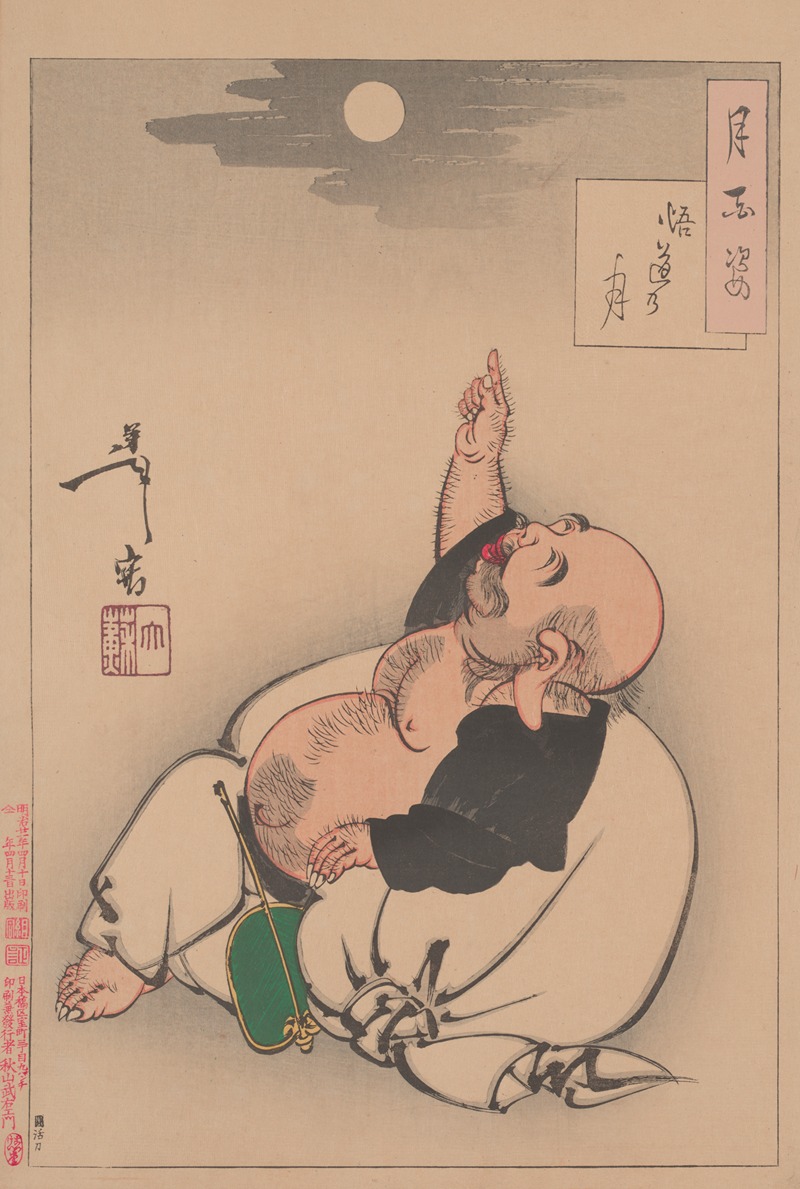
Moon of Enlightenment
A hand-painted replica of Tsukioka Yoshitoshi’s masterpiece Moon of Enlightenment, meticulously crafted by professional artists to capture the true essence of the original. Each piece is created with museum-quality canvas and rare mineral pigments, carefully painted by experienced artists with delicate brushstrokes and rich, layered colors to perfectly recreate the texture of the original artwork. Unlike machine-printed reproductions, this hand-painted version brings the painting to life, infused with the artist’s emotions and skill in every stroke. Whether for personal collection or home decoration, it instantly elevates the artistic atmosphere of any space.
"Moon of Enlightenment" is a woodblock print by the renowned Japanese artist Tsukioka Yoshitoshi, part of his celebrated series "One Hundred Aspects of the Moon" (Tsuki hyakushi). Yoshitoshi, who lived from 1839 to 1892, was one of the last great masters of the ukiyo-e genre of woodblock printing and painting. His work is noted for its dynamic composition, dramatic use of color, and innovative approach to traditional themes.
The "One Hundred Aspects of the Moon" series, created between 1885 and 1892, is considered one of Yoshitoshi's masterpieces. It consists of 100 prints, each depicting a scene inspired by Japanese and Chinese history, literature, folklore, or mythology, with the moon as a unifying motif. The series reflects Yoshitoshi's deep interest in the moon's symbolic and aesthetic significance, as well as his fascination with the interplay between light and shadow.
"Moon of Enlightenment" is one of the prints in this series. While specific details about this particular print are limited, the series as a whole is known for its exploration of themes such as beauty, heroism, and the supernatural. Yoshitoshi's work often features historical figures, legendary heroes, and mythical creatures, all rendered with a keen attention to detail and a profound sense of narrative.
Yoshitoshi's prints are characterized by their vivid colors and intricate designs, achieved through the traditional ukiyo-e technique. This involved carving images into wooden blocks, inking them, and pressing them onto paper. The process required great skill and precision, and Yoshitoshi was known for his ability to convey emotion and movement within the constraints of the medium.
The "One Hundred Aspects of the Moon" series was created during a period of significant change in Japan, as the country was transitioning from the Edo period to the Meiji era. This was a time of modernization and Western influence, and Yoshitoshi's work reflects both a nostalgia for the past and an engagement with contemporary themes. His prints often juxtapose traditional Japanese elements with more modern, sometimes Western-influenced, styles and subjects.
Yoshitoshi's work, including "Moon of Enlightenment," has been praised for its artistic innovation and emotional depth. His ability to capture the essence of his subjects, whether historical, mythical, or contemporary, has earned him a lasting legacy in the world of Japanese art. Today, his prints are highly sought after by collectors and are considered important cultural artifacts that offer insight into the artistic and social currents of 19th-century Japan.
In summary, "Moon of Enlightenment" is a testament to Tsukioka Yoshitoshi's mastery of the ukiyo-e form and his ability to weave together narrative, symbolism, and visual beauty. Through this work and others in the "One Hundred Aspects of the Moon" series, Yoshitoshi has left an indelible mark on the history of Japanese art.





